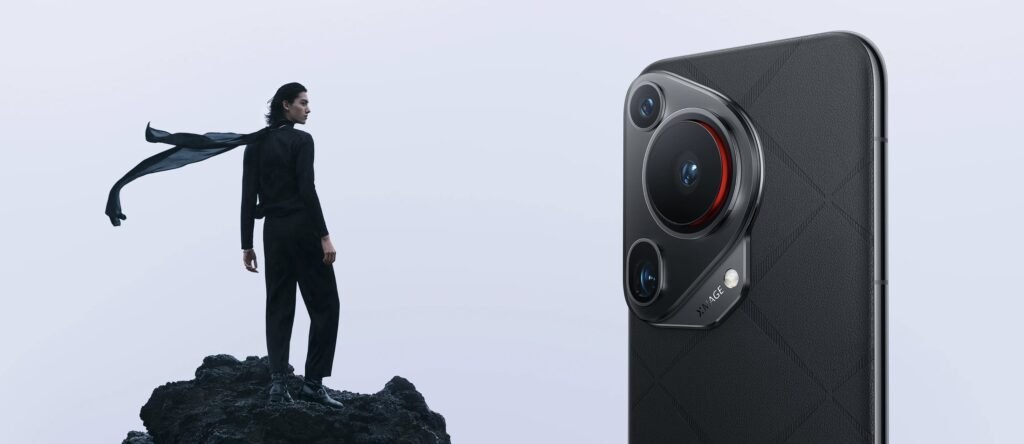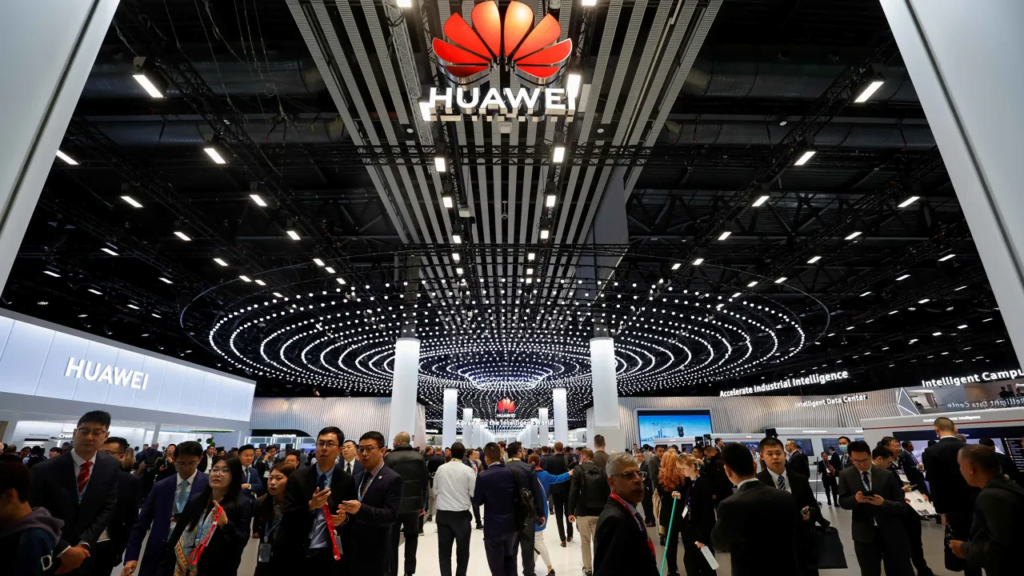
Despite facing sanctions imposed by the U.S., Huawei persists in pushing the boundaries of innovation. On September 7th, 2022, Huawei achieved a significant milestone by introducing satellite connectivity on smartphones for the first time. Surpassing Apple’s iPhone 14 series unveiling, the Mate 50 and Mate 50 Pro offered users the capability for emergency SOS and navigation via satellite, leveraging China’s BeiDou satellite network. This groundbreaking achievement underscores Huawei’s commitment to technological advancement, even in the face of challenges.

Continuing its streak of innovation, last year’s Mate 60 Pro introduced the capability for users to make satellite calls. However, due to U.S. export regulations limiting foundries from shipping advanced silicon to Huawei, the Mate 60 series had to settle for a 7nm Kirin 9000 application processor (AP), lagging two generations behind the 3nm A17 Pro powering the iPhone 15 Pro and iPhone 15 Pro Max.

Recently, Huawei unveiled its flagship series for 2024, the Pura 70 line, formerly known as the P-series. Despite the name change, Huawei maintains its focus on photography with these devices. According to Huawei Central, the Pura 70 Ultra will introduce a groundbreaking satellite feature, exclusive to Huawei devices. This feature enables users to share photographs taken with the device via satellite when cellular signal is unavailable, a capability not found on any other smartphone, including the iPhone.

In addition to sharing images via satellite on the Pura 70 Ultra, users will have the capability to make satellite calls and send SMS messages. These satellite-based features are intended for emergency situations when no cellular signal is available. To share photos over satellite, both the sender and recipient must install the Changlian app on their devices. Without the app installed, the recipient will only receive a text message instead of the image sent.



